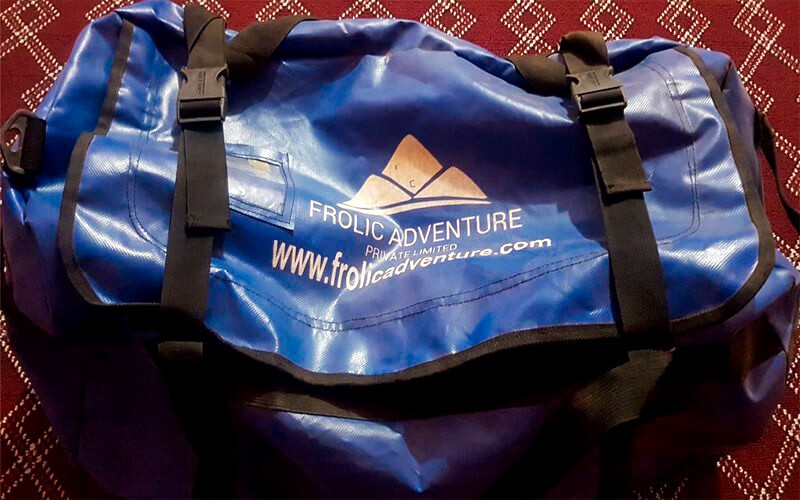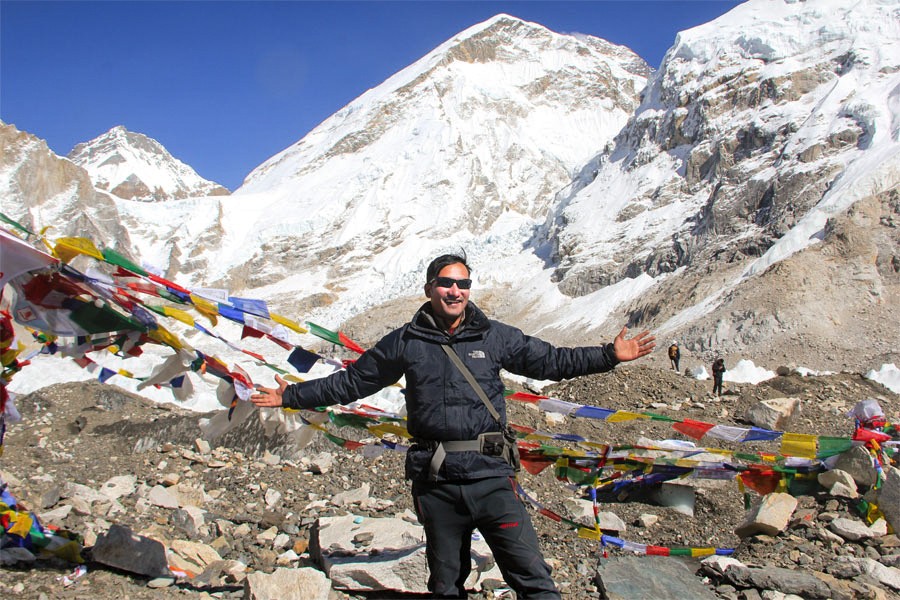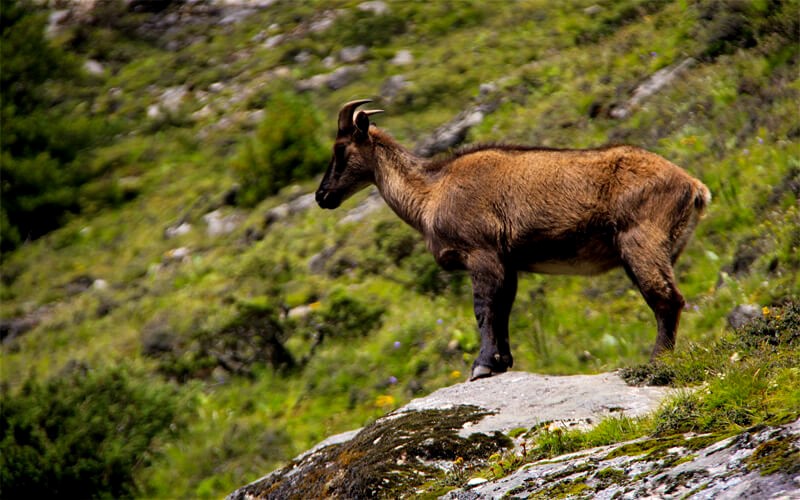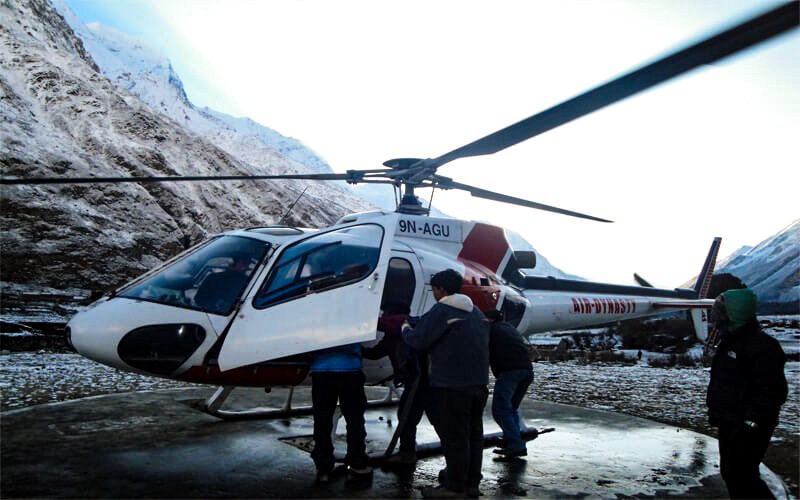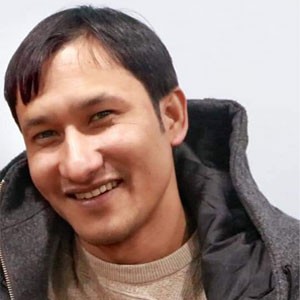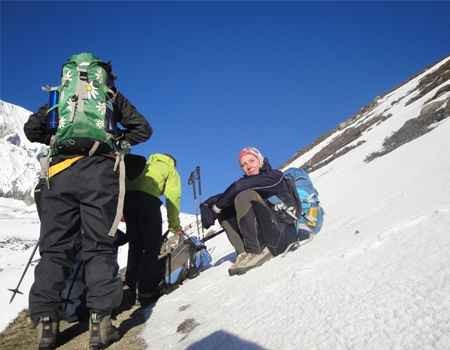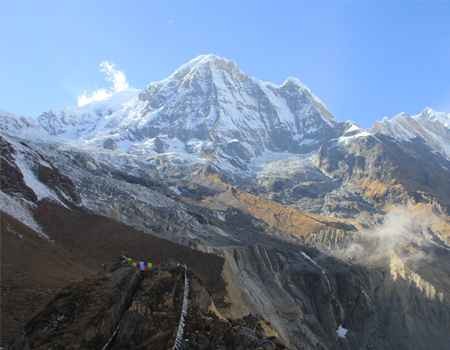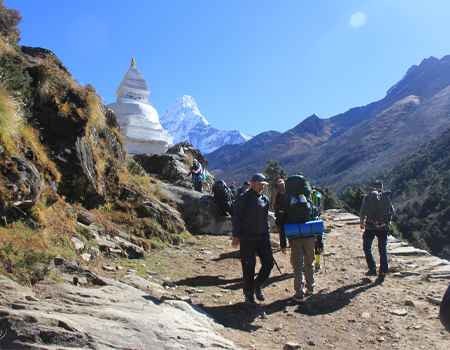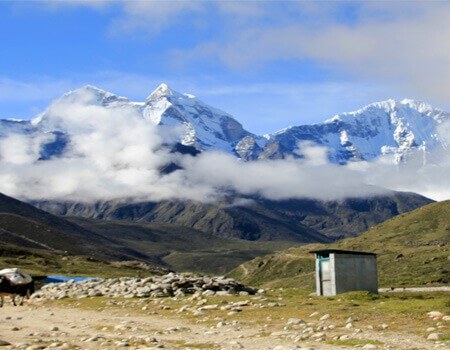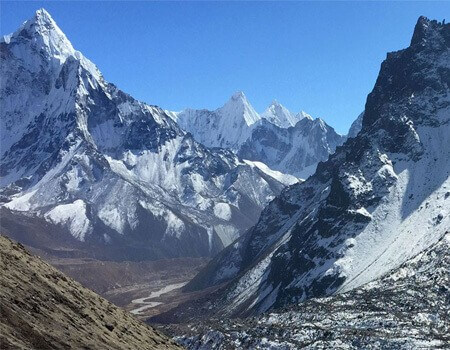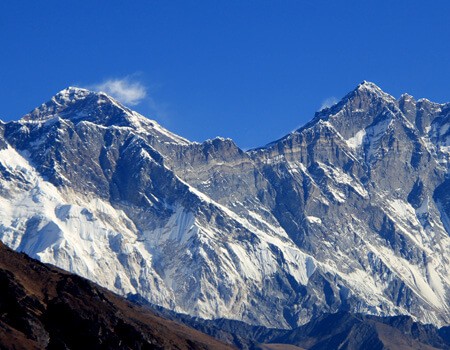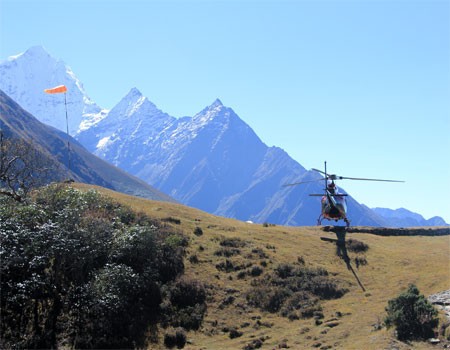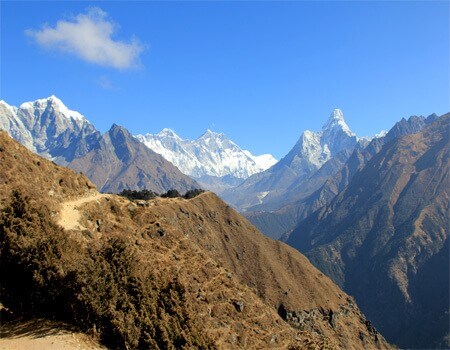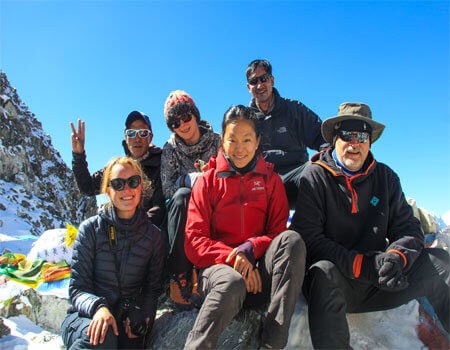Are you planning a Trek to Everest Base Camp? Great! You are choosing the correct destination for your adventure travel holiday. Everest Base Camp is an excellent Trekking destination in Nepal and one of the top mountain journeys in the world.
9 Best Tips for Everest Base Camp Trekkers
Table of Contents
You might have collected some information about the Base Camp Trek and were well prepared. But, maybe you are unaware of certain things that you should follow. It would be best if you were careful of those things while trekking to the Everest Base Bamp.
The Everest Base Camp Trek runs through the Sagarmatha National Park after entering Lukla with a scenic flight from Kathmandu. This 12-day journey takes you to the Base Camp of the world’s highest mountain, walking for eight days. Then, they trek back another three long days to Lukla and fly back to Kathmandu.
Whether entering for the Trek from Lukla is not the only way; there are other entries, such as those from Jiri and Salleri, with driving. Trekking to the Everest Base Camp gives you beautiful memories of big snow-capped mountains, landscapes, wildlife, and others. You should know about accommodation facilities, packing list, internet service, itinerary, difficulty level, and more, but still, no idea about those things, and no one has told you. So, check out some essential trekking tips for the Everest Base Camp here.
Tips One - Packing Trekking Gear
The main thing is that you should be careful while packing your stuff for the trek. You will start your hike with a small flight to Lukla, so there is a weight limitation. You can only take 15kg of weight, including your hand luggage. You can pay an extra amount if it is overloaded, but if the load limitation of the plane goes over, it will be difficult for the flight. You may fly on one plane, and your bag will be put in another sometimes. There are a lot of flight cancellations, so if your flight can land at Lukla, but the plane with your bag is canceled, then you will have no equipment.
We suggest packing only the things you need on the trek. Optimize the limitation of your luggage. A, you can buy your daily necessities in Namche Bazaar, so, there will be one porter between two people, so one porter will carry about 20kg.
Tips Two - Don’t Trek Alone
Trekking in the mountains is not safe every time. There should be no unwanted accidents, so trekking alone is not good. Everest Base Camp Trek is mostly on high-altitude walks, so that you might have altitude sickness problems anytime. You will see many Trekkers during the high Trekking season, and it could be easy to find the trail, but if you are alone and have a problem, you will be in trouble, so Trekking with a friend or hiring a guide is highly recommended.
Especially if you are on a trek during off-seasons like winter and summer, it can be perilous if you are an individual. There will be a lot of icy surfaces on the trail that you should not know, so you might fall over and get injured. And trekking during the summer will be wet floor, and the rivers will be significant. If you follow the wrong direction, then it might be a severe problem.
Tips Three - About Safety on the EBC Route
Being Safe during the trek is one of the most important things. As altitude sickness is discussed above, there are many other challenges. Many people do not care about the first thing while taking a picture. You will see lovely scenery and want to capture it with your camera from a particular spot. It would be best if you were careful about whether the place is safe or not. People also don’t care while taking pictures and moving backward, so be cautious if there is a cliff behind or not.
You will see some groups of Yak, Jopke, and Mule carrying loads. Seeing them, you should be interested in taking pictures of them. Check the spot first to see if it is safe, and you should not know how quickly it will arrive at you. If you encounter them, always try to stand in the safe zone; if the load pushes you, you will not fall. Not only in the case of animals, but has also applied for local porters with big loads. Also, check well on the trail while you are walking. Some wild mountain goats and yaks will be walking above the Trekking Trail; there might be stones falling by them sometimes.
Tips Four - Do Not Disturb Animals
The Everest Base Camp Trek goes through the Sagarmatha National Park, a natural world heritage site of UNESCO in Nepal. There are lots of Wild Animals, and some are endangered. You will see them closer to the Trekking trail, walking around. Just catch them, but don’t do any activities that violate.
Some animals, especially a bird called Kongma (Tibetan snowcock), are respected culturally as holy in this region. There is a myth that if anyone kills this bird, they will die, so don’t talk about killing them, even as jokes.
Tips Five - Do Not Swim in the Rivers
Along the trail, you will stay in a place that is closer to the river and will see some glacial lakes. Don’t try to swim in those because the current of the water is so fast with lots of rocks that it won’t be safe. There will be icy surfaces closer to the river and glacial lakes, so if you step on them, you can easily fall over and get injured.
It is a cold region, and the water will be freezing. If you swim in this cold water, your body temperature and natural chemistry will not adjust quickly, and you will easily get sick.
Tips Six - Respect Culture and Religion
Everest Region is a Buddhist land, so many Buddhist monuments are on the trail. People have religious aspects, cultures, and customs, so try to follow and respect them. When walking on the path, you must respect the religious monuments. During your walk, you will see prayer flags, Mani walls, wheels, a Stupa, and Rocks with mantras.
When entering the monasteries, you must wear long sleeves. You cannot take pictures and must remain silent if an offering is made. You should ask the people if you are taking photos of them.
Tips Seven - Do Not Waste Food
Most of the stuff and food you use during the trek are transported by flight, so the cost of transportation is very high. You will lose appetite at higher elevations. Order food you can finish, and do not waste food. People in this region don’t kill animals, but you still get meat carried from the lower areas. Meat is not fresh everywhere, so be vegetarian during the trek.
Tips Eight - Take Permission to Use Drone Camera
Everest Base Camp Trek is a heritage site, so using a drone without permission is strictly prohibited. So, I don’t think there is any security around me, and I can use the drone. If you make this mistake, you might be in trouble. If you want to use a drone camera in the Everest Region, you must take a special permission letter from the home ministry office in Kathmandu.
Tips Nine - Be Aware of Altitude Sickness
Altitude Sickness is a severe problem in the Everest Region. It can kill people quickly, so you must be very careful. You will fly directly from Kathmandu (1350m) to Lukla (2840m), which is already high enough. Typically, it takes 12 days to finish the Everest Base Camp Trek, so don’t try to trek with limited time and take enough acclimatization rest days on the way up.
It would be best if you trekked, drank plenty of clean water, ate well, slept well, kept warm, and took enough acclimatization rest days to avoid the problem of Altitude Sickness. If you find symptoms like vomiting, tiredness while resting, headache, feeling drunk, and difficulty sleeping and breathing, you must talk to the guide and follow the instructions. If the condition gets worse, it is better to rest in the same place or try to descend as soon as possible. If you decide to drop, don’t walk alone and take one friend.
Conclusion
I hope the tips above help you a lot. If you have any queries regarding the Everest Base Camp Trek, you can contact us and ask anything. We are happy to provide any trip regarding solutions.
These tips apply not only to the Everest Base Camp trek. Still, they are also usable on any Trek in Nepal, like a long Trek in the Annapurna Region, Manaslu Region, Langtang Region, and Kanchenjunga Region. But not all the tips need to apply if you are doing short and easy trekking in Nepal.

